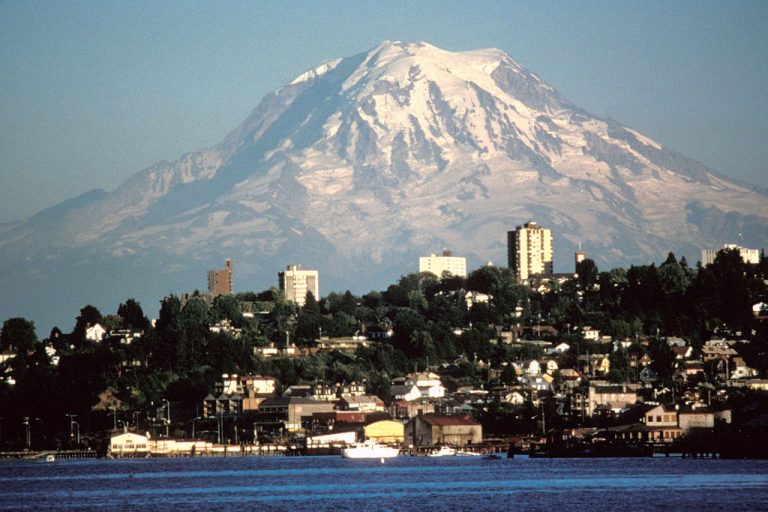Published on July 18, 2017

If you own a cell phone or a mobile device you’re likely creating data that could be mapped. “When you add a Yelp review or geotag a tweet you’re actually volunteering geographic information, you are mapping,” said UW Tacoma Assistant Professor Britta Ricker. Most of us use maps to determine our location, to find out how to get from point A to point B. Ricker, who teaches in the university’s master of science in geospatial technologies program, sees maps in a larger context. “This is a skill you can apply to everything,” she said.
Traditionally, only the most highly trained professionals had access to the geographic information systems [GIS] needed to create most maps. The development of smart phones in the late 2000s opened up a world of opportunity. “A lot more people have access to things like GPS and can contribute geographic information using their smart phones,” said Ricker.
The democratization of mapping has major implications for citizen science. “For a long time geographers were constrained by how many researchers we could hire and how much land could be traversed,” said Ricker. “We now have a larger, more diverse group of people with smart phones who can contribute their local observations and data.”
Continue reading on UW Tacoma News & Information
Originally posted on UW Tacoma News & Information by Eric Wilson-Edge